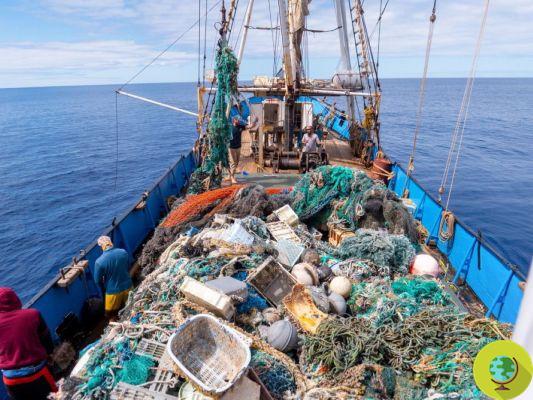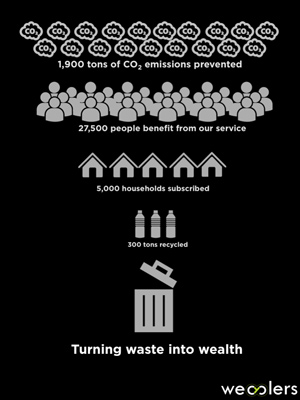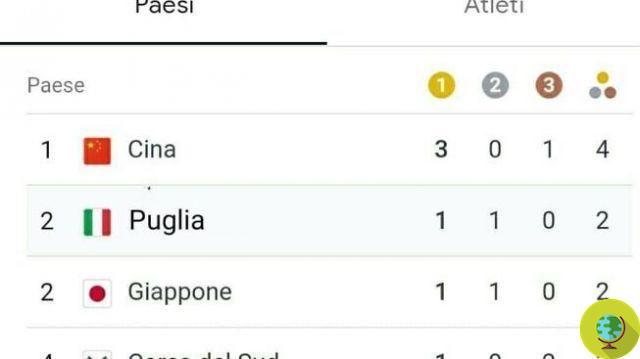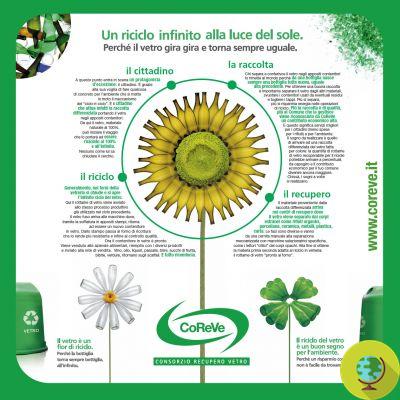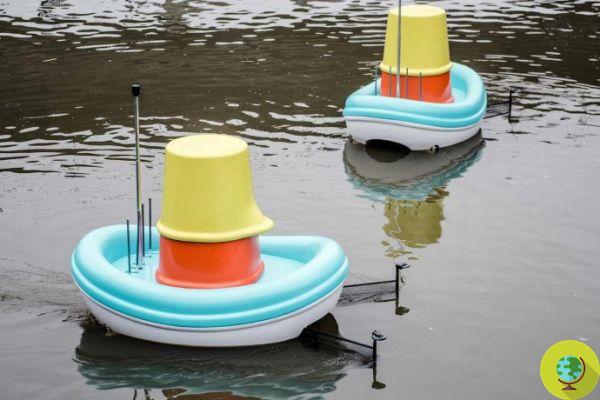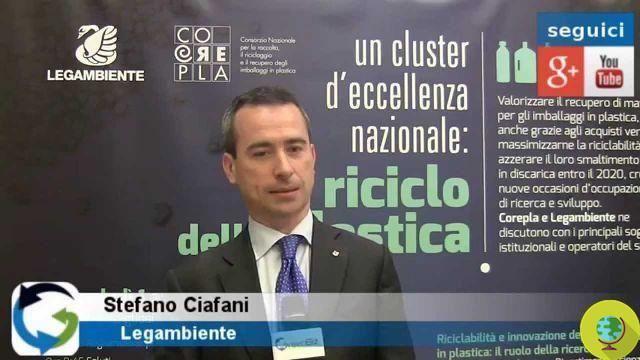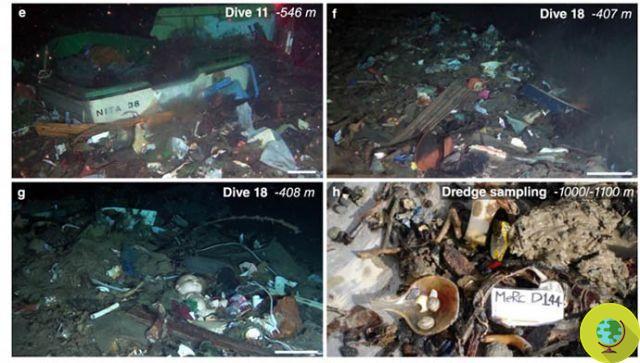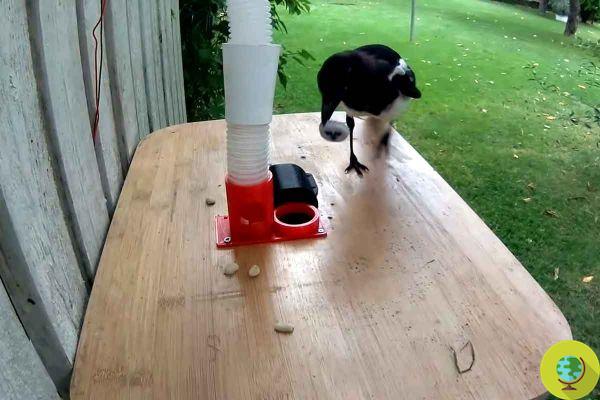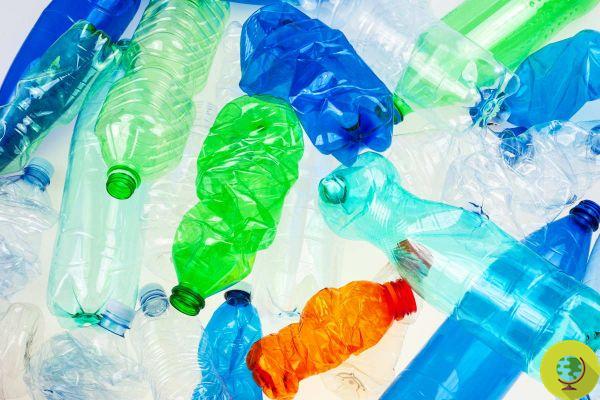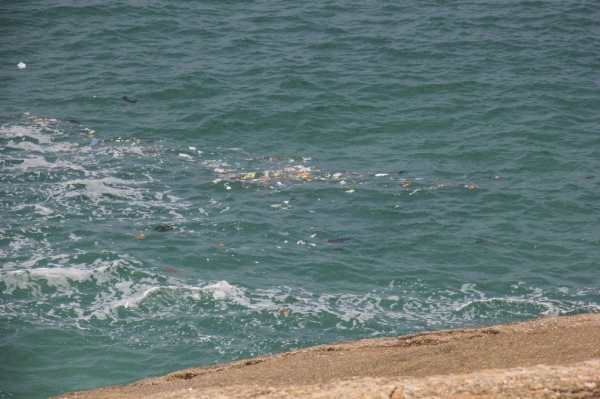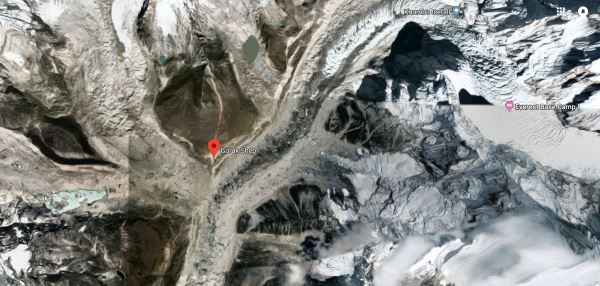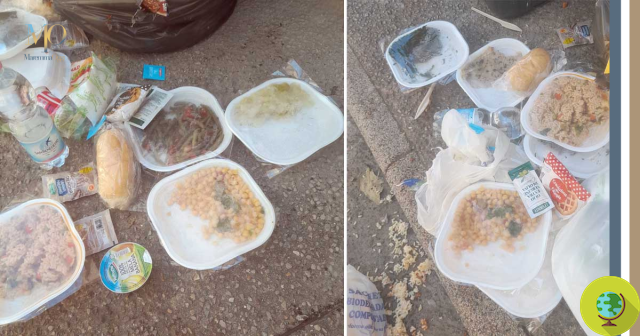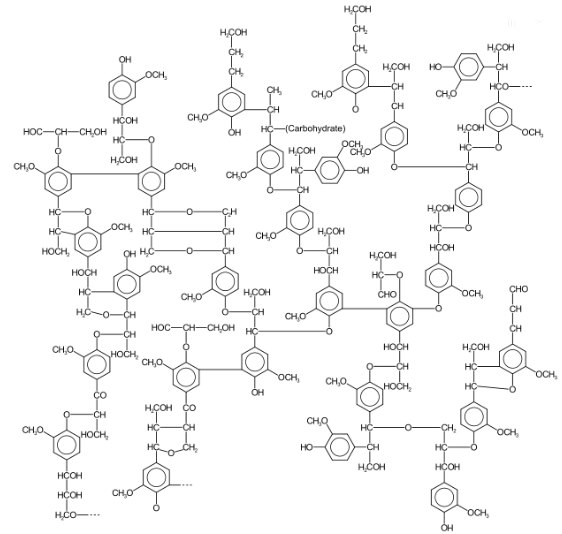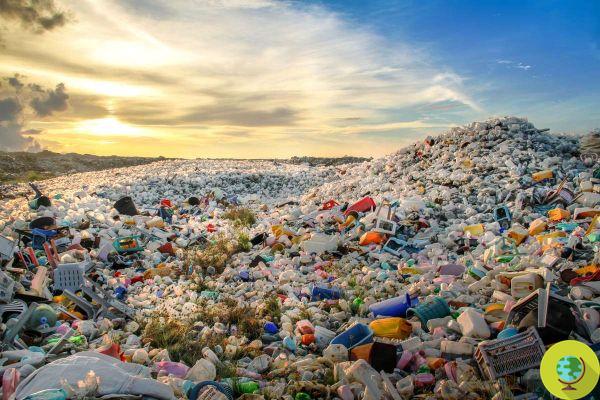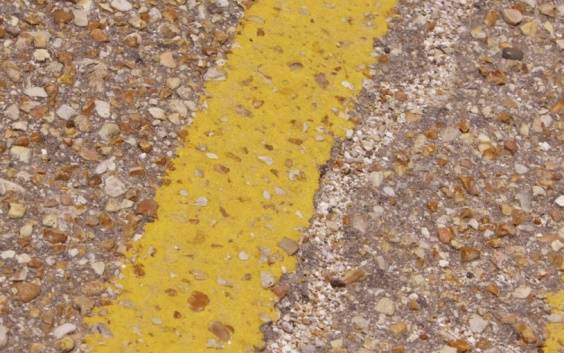Little is said about it, but agricultural fields are chock full of plastic (more than oceans) that jeopardize the safety of our food
Not just pesticides, fields around the world are chock full of plastic. It is a problem that is rarely talked about because it is apparently invisible, but that should not make us feel at all calm because it is in these soils that vegetables, vegetables and other foods are grown that end up on our tables. If the spotlight has been on the issue of ocean pollution for some time, the same cannot be said of pollution affecting the fields. Yet, there is an enormous amount of plastic here, even greater than what ends up polluting our seas.
To sound the alarm is the FAO (United Nations Food and Agriculture Organization), which just recently published the first report on the use of plastic in agri-food systems. The document presents the results of a study on plastic agricultural products used globally: from sheets for mulching to bags for fertilizer, from irrigation pipes to bottles of pesticides, protective nets.
According to data collected by FAO researchers, agricultural supply chains use 12,5 million tons of plastic products annually, while 37,3 million tons are used in food packaging. Farmers and ranchers use them the most, with a total of 10,2 million tons of plastic per year. This is followed by fishing and aquaculture with 2,1 million tons and forestry with 200 thousand tons.
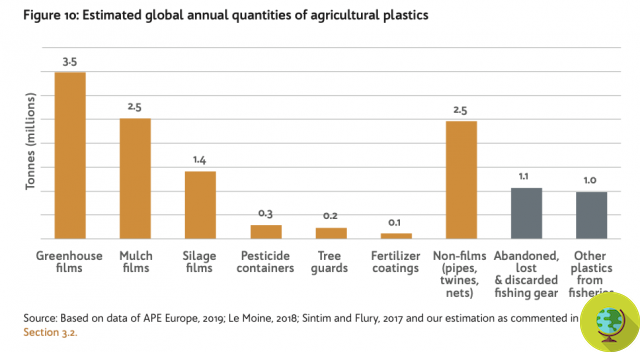
@FAO
Index
The agricultural lands of Asia are among the most contaminated
The FAO report shows that the largest users of plastic in the agricultural sector are the countries of Asia, which employ about half of that used globally. But of course it must be considered that it is the most populated continent in the world and the area characterized by the fastest pace of economic development. The main problem is that the phenomenon of the invasion of plastic is not destined to decrease, quite the contrary. In the absence of more sustainable alternatives, demand for plastics will increase in Asia, but also in the rest of the world.
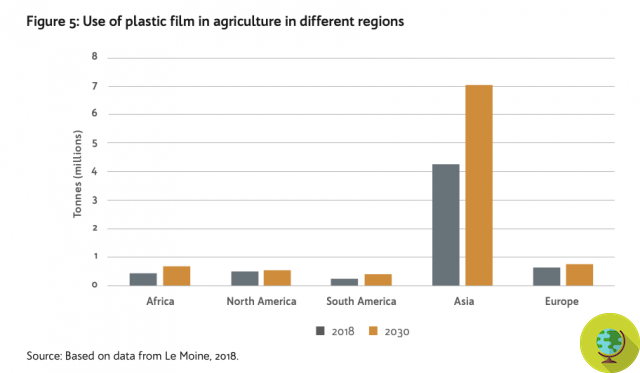
@FAO
According to FAO experts, the demand for plastic agricultural tools will grow by as much as 50%, from 6,1 million tons in 2018 to 9,5 million tons in 2030. Trends that make it essential to evaluate the costs and benefits of plastic.
"This report serves as a strong call for coordinated and decisive action to facilitate good management practices and curb the disastrous use of plastics in agricultural sectors," said FAO Deputy Director General Maria Helena Semedo.
The threat of microplastics (which also end up on our tables)
The FAO experts are most concerned about microplastics, which easily enter food through the contamination of soil, air and water basins, putting our health (as well as the environment) at risk. A big problem that derives from the difficulty of disposing of waste used in agriculture correctly.
In fact, around 180% of the 6,3 billion tons of plastic produced up to 2015 was not disposed of properly, as evidenced by the FAO report. The harmful effects on marine fauna are now well known, but in the soil as plastics begin to disintegrate, they become pervasive and silently contaminate entire ecosystems.
“Microplastics, smaller than 5 millimeters, present specific risks for animal health”, reads the FAO report. There is evidence of mother-to-fetus transmission of even smaller nanoplastics in rats, while a recent study found for the first time microplastic particles even in the human placenta.
Valid and more sustainable alternatives to plastic in the agricultural sector
To protect the environment and our health, it is necessary to try to reduce the use of plastic products in agricultural systems. Unfortunately, eliminating it altogether would be utopia, but FAO suggests a strategy based on 6R: Reject, Redesign, Reduce, Reuse, Recycle and Recover.
The main actions should be directed against the most dangerous plastic products, including fertilizers coated with non-biodegradable polymers and mulch film. The latter are among the most used products directly on the land for their ability to reduce the presence of pests, conserve humidity and ensure the preservation of an ideal microclimate. The FAO report recalls that the sheets and other plastic films, used to cover greenhouses, represent between 40 and 50% of the total plastic used in agriculture. But their massive use leads to a huge disposal problem. In Europe alone, mulching films no longer usable reach 15 tons. For this reason, their replacement with biodegradable and compostable specimens is essential.
Follow your Telegram | Instagram | Facebook | TikTok | Youtube
Source: FAO
We also recommend:
- Free your garden from plastic, it ends up in the ground and contaminates it for over 7 years
- Microplastics are now present in 90% of Ireland's protected marine environments. I study
- Plastic fish: Microplastics are found in 83% of Bangladeshi fish
- Microplastics: Long-term ingestion damages the growth and reproduction of fish




